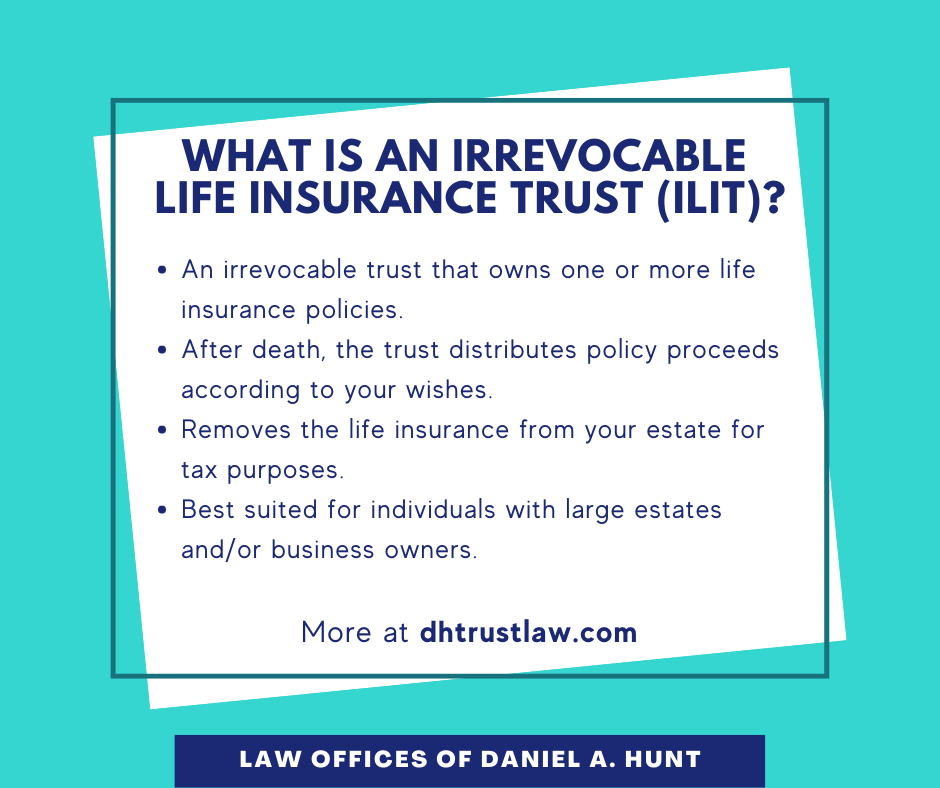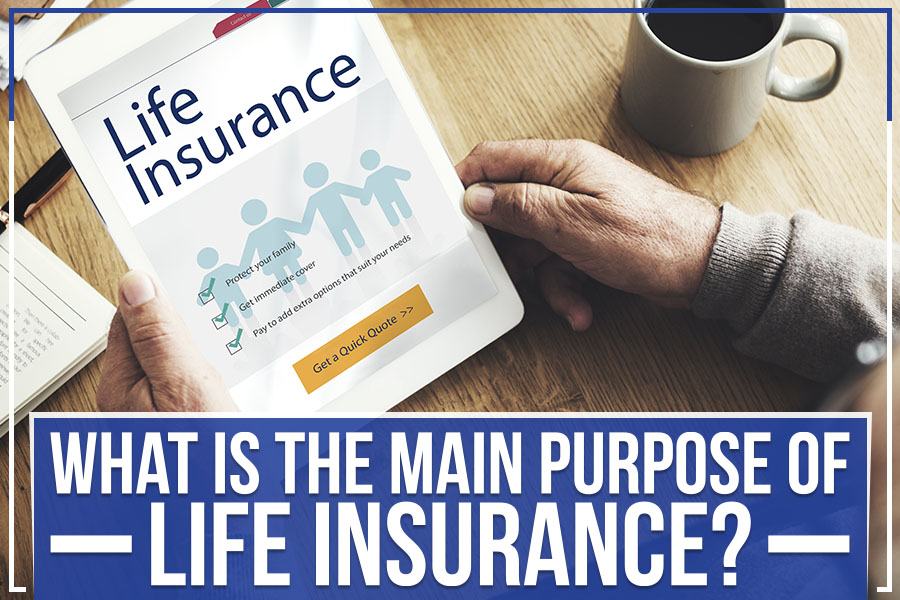The Best Strategy To Use For Pacific Prime
The Best Strategy To Use For Pacific Prime
Blog Article
Our Pacific Prime PDFs
Table of ContentsSee This Report about Pacific PrimeThe Main Principles Of Pacific Prime The Single Strategy To Use For Pacific PrimePacific Prime Fundamentals ExplainedPacific Prime Things To Know Before You Buy

This is because the information were collected for a period of solid economic performance. Of the estimated 42 million individuals who were without insurance, almost concerning 420,000 (about 1 percent) were under 65 years old, the age at which most Americans end up being qualified for Medicare; 32 million were adults between ages 18 and 65, about 19 percent of all grownups in this age; and 10 million were children under 18 years of age, regarding 13.9 percent of all youngsters (Mills, 2000).
These price quotes of the number of persons uninsured are produced from the yearly March Supplement to the Existing Population Survey (CPS), carried out by the Demographics Bureau. Unless or else kept in mind, nationwide estimates of people without wellness insurance policy and percentages of the populace with various kinds of protection are based upon the CPS, one of the most commonly utilized resource of quotes of insurance policy protection and uninsurance prices.
The Main Principles Of Pacific Prime

Still, the CPS is specifically useful because it produces annual price quotes reasonably swiftly, reporting the previous year's insurance coverage estimates each September, and due to the fact that it is the basis for a regular set of estimates for even more than two decades, permitting analysis of fads in insurance coverage with time. For these reasons, along with the extensive use of the CPS in other researches of insurance protection that are provided in this record, we count on CPS price quotes, with constraints kept in mind.

The estimate of the variety of uninsured individuals expands when a populace's insurance condition is tracked for several years. Over a three-year duration starting early in 1993, 72 million people, 29 percent of the U.S. https://www.domestika.org/en/pacificpr1me. population, were without coverage for at the very least one month. Within a single year (1994 ), 53 million individuals experienced at least a month without coverage (Bennefield, 1998a)
6 out of every 10 uninsured adults are themselves used. Functioning does improve the chance that one and one's family participants will have insurance policy, it is not a guarantee. Also members of families with 2 full-time breadwinner have nearly a one-in-ten chance of being without insurance (9.1 percent uninsured price) (Hoffman and Pohl, 2000).
About Pacific Prime
New immigrants represent a substantial proportion of individuals without health insurance coverage. One analysis has associated a substantial portion of the recent growth in the size of the U.S. uninsured populace to immigrants that got here in the nation between 1994 and 1998 (Camarota and Edwards, 2000). Recent immigrants (those that involved my sources the USA within the previous 4 years) do have a high rate of being uninsured (46 percent), but they and their kids represent simply 6 percent of those without insurance country wide (Holahan et al., 2001).
The connection in between health and wellness insurance and access to care is well established, as documented later in this chapter. Although the partnership in between health insurance and wellness end results is neither direct nor easy, a considerable professional and wellness services study literary works links medical insurance coverage to improved accessibility to care, far better top quality, and enhanced personal and population health standing.
Degrees of analysis for examining the results of uninsurance. This discussion of health insurance policy coverage concentrates mainly on the U.S. population under age 65 because basically all Americans 65 and older have Medicare or other public coverage. In addition, it focuses especially on those without any type of health insurance coverage for any length of time.
6 Simple Techniques For Pacific Prime
The issues faced by the underinsured are in some areas comparable to those dealt with by the uninsured, although they are normally less serious. Health and wellness insurance, however, is neither required neither sufficient to acquire access to medical solutions. The independent and straight effect of wellness insurance protection on access to wellness services is well developed.
Others will acquire the health care they require even without medical insurance, by paying for it expense or seeking it from companies who use care cost-free or at extremely subsidized prices. For still others, medical insurance alone does not make certain invoice of care because of other nonfinancial barriers, such as an absence of healthcare suppliers in their neighborhood, limited accessibility to transport, illiteracy, or linguistic and cultural distinctions.
The Pacific Prime Ideas
Formal research study regarding without insurance populaces in the USA dates to the late 1920s and early 1930s when the Committee on the Price of Medical Care generated a collection of reports regarding funding doctor workplace gos to and hospital stays. This issue came to be salient as the varieties of medically indigent climbed up during the Great Depression.
Report this page